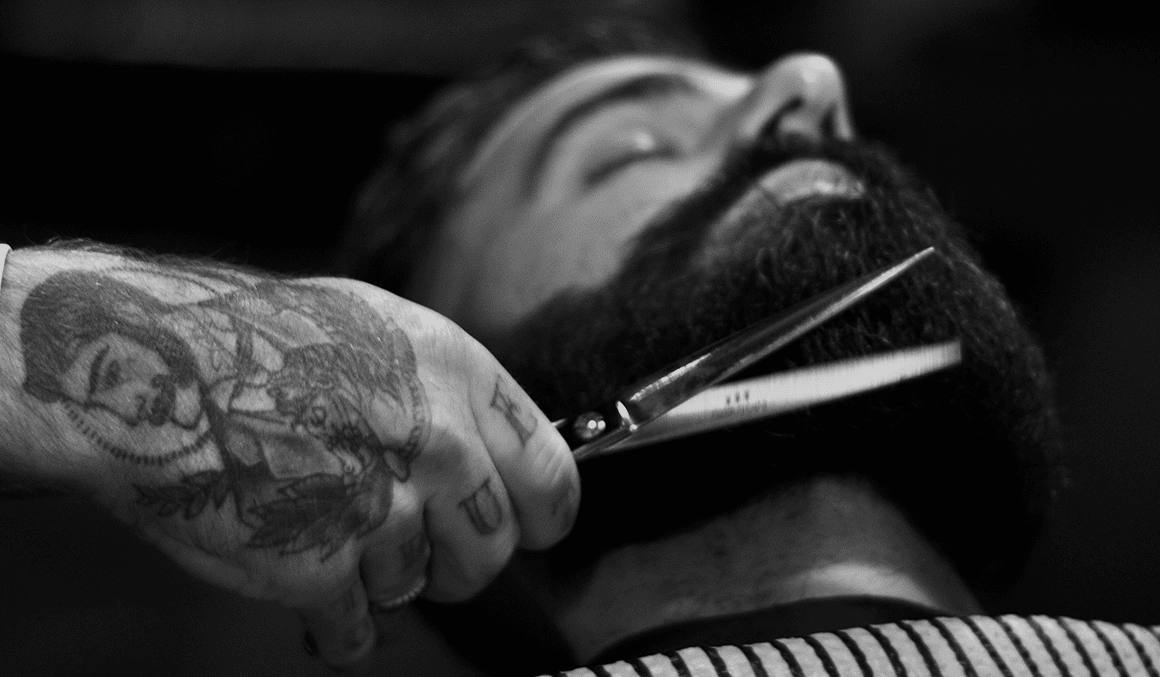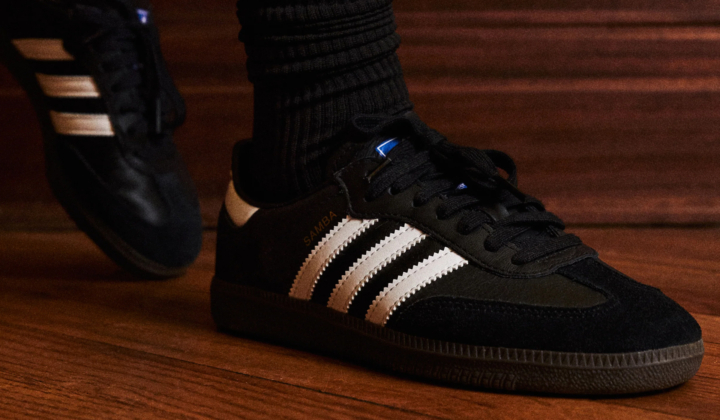Full On: An Honest Guide To Beard Transplants
It wasn’t that long ago that beards and moustaches were the preserve of geography teachers and cockney gangsters hiding out on the Costa del Sol. But not any more. Take a stroll down your average British high street and there’s a fair chance it will be awash with gents sporting hirsute chins of various shapes and sizes.
From bush-proud hipsters and oiled-up dandies to ZZ Top wannabees and everything in between, our love of beards has seemingly never been greater. But that doesn’t mean growing one comes easy to every man – no sir. In fact, there’s a growing group of enthusiasts who aren’t entirely happy with what The Big Man has given them; and in the pursuit of finding facial hair they can be proud of, are resorting to surgery.
It’s not as extreme as it sounds. Thanks to the latest tech and a choice of increasingly skilled surgeons the procedure has been shown to be pretty much-pain free.
Yet as always, when it comes to making a decision of this magnitude, there’s lots to consider. So, if you are thinking about a facial hair transplant, here’s everything you need to know.
What’s the big deal about facial hair transplants?
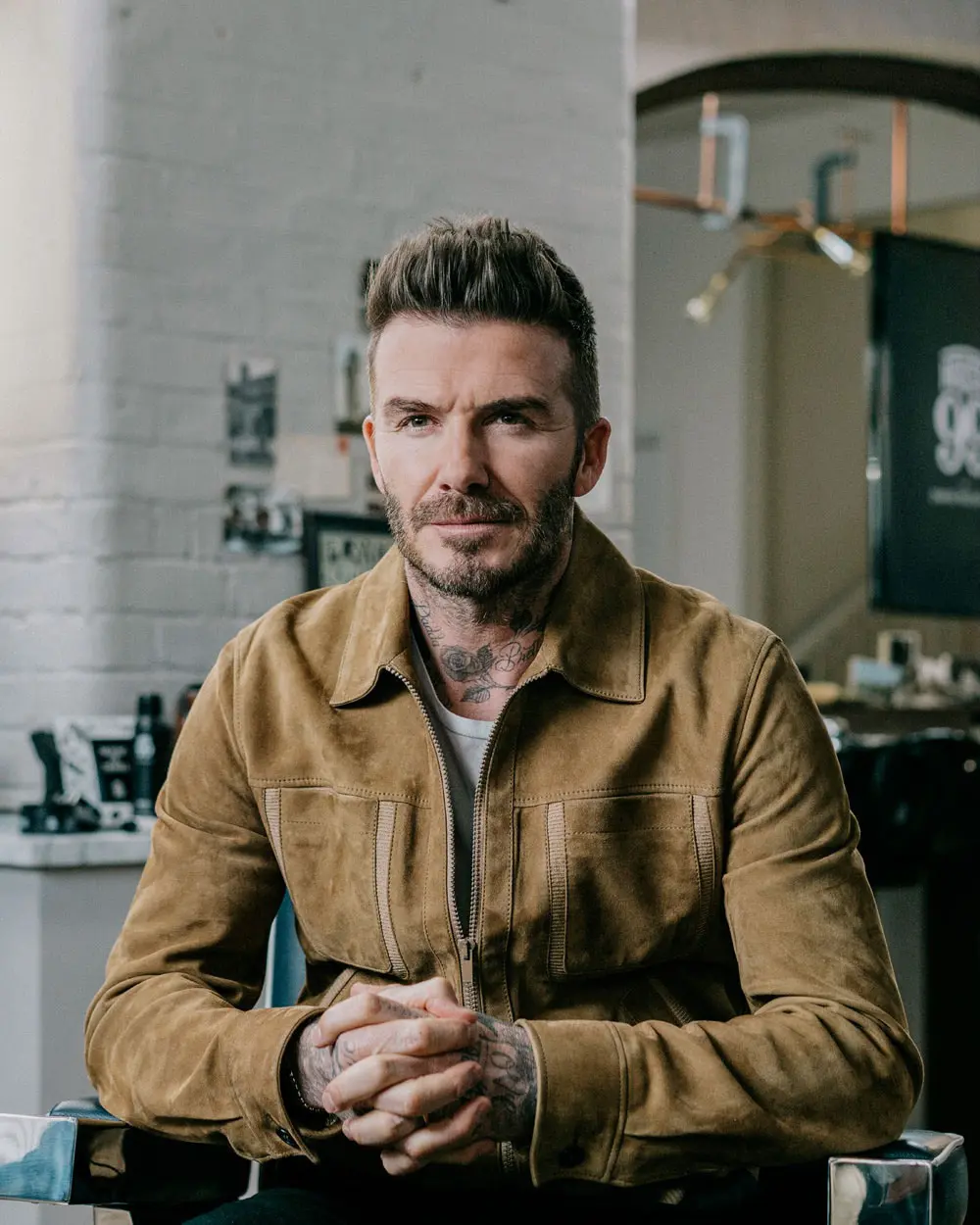
David Beckham is one of a number of high-profile celebrities that sports full facial hair
It’s a fair question and one I’ve been asking myself for a while. The popular theory is that the increase is due to the rise of the hipster; and while I can’t argue with that, it’s important to point out that there are a growing number of Hollywood A-Listers who are sporting perfectly manicured beards/’taches/goatees, from David Beckham and Leonardo DiCaprio to Drake and Kit Harington.
Show me the money…
It’s all well and good looking like Brian Blessed’s double, I hear you cry – but what’s the damage? Well, based experience and a number of people I’ve spoken to via my own website, the cost is in the region of £4,000. Despite the price, the popularity of surgery does not seem to be abating.
My associate and leading hair transplant surgeon, Dr Alan Bauman, had this to say: “Like many clinics across the country, we’re seeing an increase in men opting to take advantage of the state-of-the-art technology that allows us to restore or enhance areas of facial hair.” And as someone who pioneered new eyelash transplant techniques in 2001, he should know.
Bauman charges $10 a graft, as a premium provider that uses the most advanced technology and treatment techniques to produce exceptional results. The standard price in the US and Europe is between $8 – $10 a graft, while low-cost providers can charge as little as $5 a graft – but patients should be wary that they may sacrifice experience that could lead to less favourable outcomes.
What’s involved exactly?
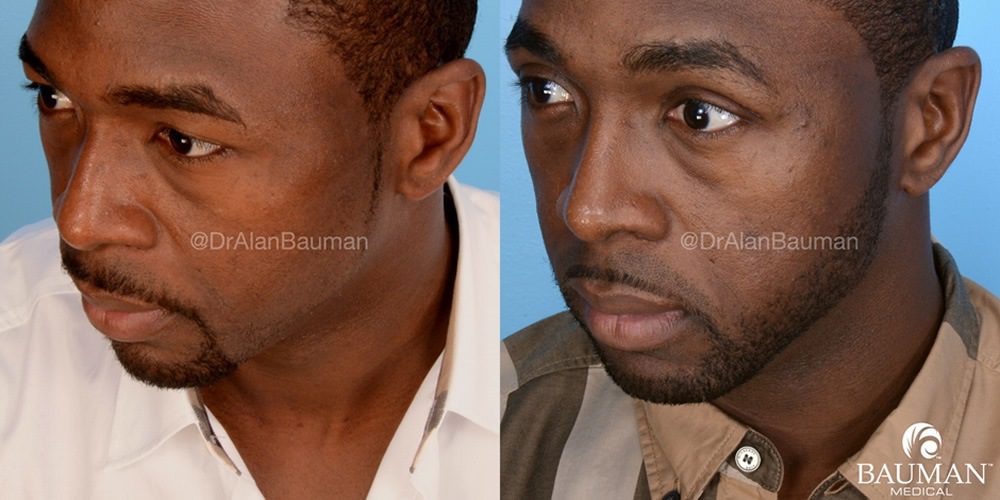
A beard transplant is normally a pain-free procedure. The way it works is that follicular units are artistically-placed into a beard area in a bid to restore or enhance areas of facial hair that are a little patchy. Typically, the most important part of the procedure is the angle, orientation and position of each individual graft to in order to achieve a result that’s both aesthetically-pleasing and completely natural.
Hair transplanted into the beard or moustache areas will need to be trimmed frequently, as the hair continues to live and grow in the new location.
Is the surgery invasive?
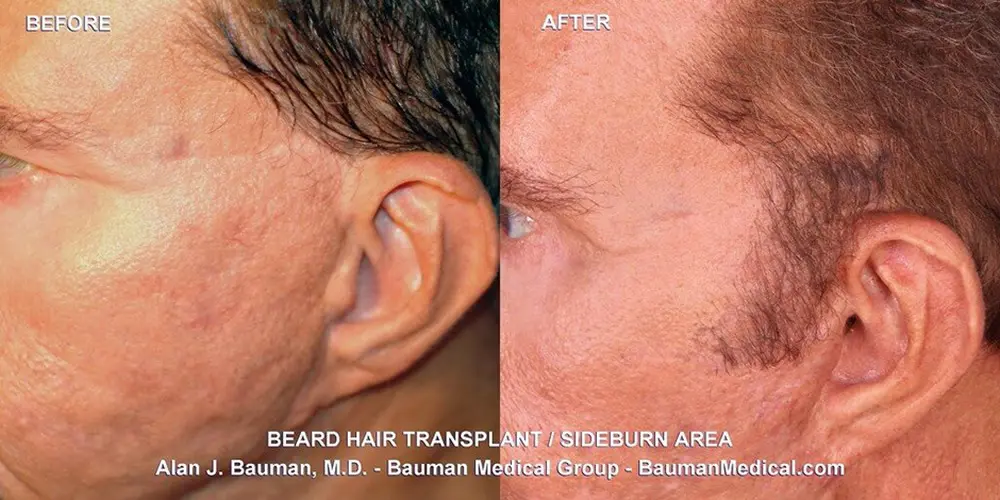
In a word: no. “By using ground-breaking, minimally-invasive FUE devices such as the ARTAS robot – which is basically the ‘Rolls Royce’ of transplant technology – a surgical team can extract individual hair follicles from the donor area, without having to use a scalpel or stitches,” says Bauman.
What’s the recovery period?
A full beard transplantation can take approximately eight hours, while the time taken to grow a full beard may take several weeks. The road to recovery is usually problem-free with very little pain. Visible symptoms typically subside within a week, and in most cases you can start shaving again a week-to-10 days post transplant.
Am I a good candidate for surgery?
To get the inside scoop on what will make or break a beard transplant, I reached out to leading hair surgeon Dr. Bhatti, who is currently practising the procedure in his Darling Buds practice in Northern India – transplants are becoming increasingly popular there because having a full, luscious beard is a matter of pride for many Sikhs.
Dr. Bhatti made it clear to me that facial hair transplants should never be done in patients below age 25 since they are emotionally and physically immature. His view is that in adolescents, hormonal profiling should be done first to assess the reasons behind the surgery.
He added that beard restoration should only be considered in select individuals who meet the following criteria:
- The patient should not have a strong history of baldness.
- The patient should not have dark skin, which is traditionally tough and oily, because the chances of hypertrophic scarring are significant.
The danger with darker complexions, Dr. Bhatti confirmed, is that the surgery can tiny dots of scarring behind on particular skin types, which looks like hypopigmentation. As these visible scars are paler than the surrounding skin tone, they stand out on brown or black skin tones and therefore can cause great embarrassment for many patients. This is just another reason why it’s imperative the surgery is performed correctly and by a trusted professional.
The other danger is hypertrophic scarring in a large percentage of Indian skin, especially over the jaw bone where grafting needs to be done in the anatomic beard area.
It’s therefore Dr. Bhatt’s view that these patients should only be considered if they and their spouses/partners agree to counselling – and the patient is willing to wear a beard for the rest of their life. As you’ll agree – that’s quite the commitment.
As always, there are pros and cons with all types of surgery, especially cosmetic hair transplants. Cost of this type of surgery with IAHRS.org accepted member Dr. Bhatti would range from $3-$5 USD per graft.
The final word
When it comes to a facial hair transplant, you need to be clear on the reasons for doing it, and then weigh up the potential risks. If, on balance, you feel comfortable with the potential pitfalls and the end result will make you feel more comfortable and confident, then it’s worth considering.
Truth is, when performed correctly, artistic hairline design, using grafts of single follicles, creates hair transplant results that look incredible and extremely natural. That said, you need to make sure you do extensive research before taking the plunge. I also recommend meeting with several surgeons in order to see which one you click with and understands your needs best. And don’t be afraid to ask for references from previous patients – a good surgeon will always be happy to provide these.
Go with your instincts (if something seems too good to be true then it often is), and you won’t go far wrong.
